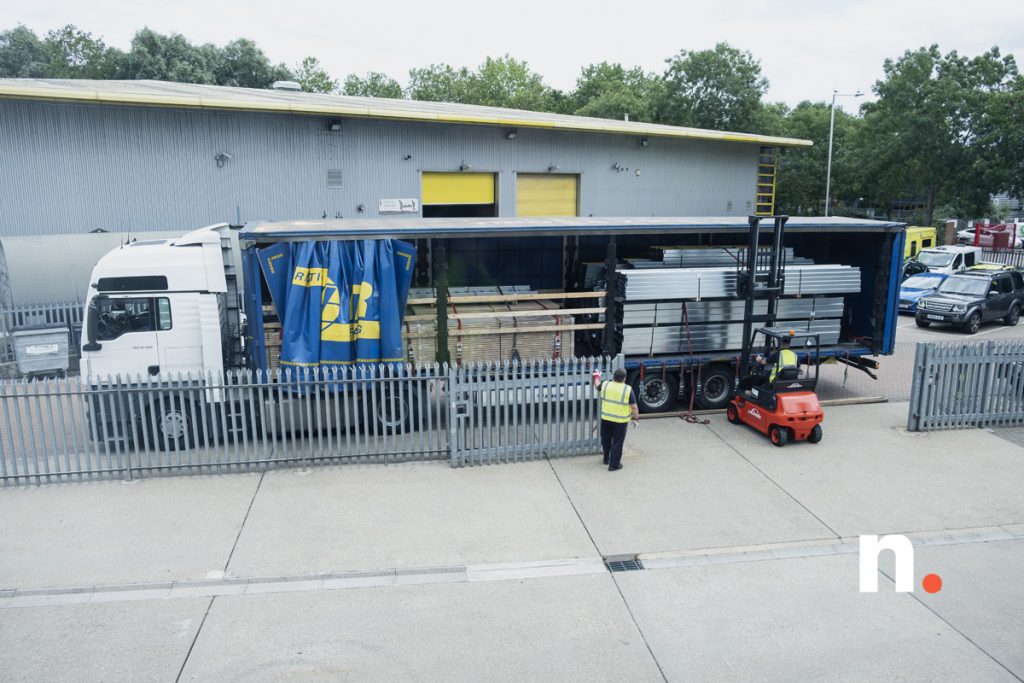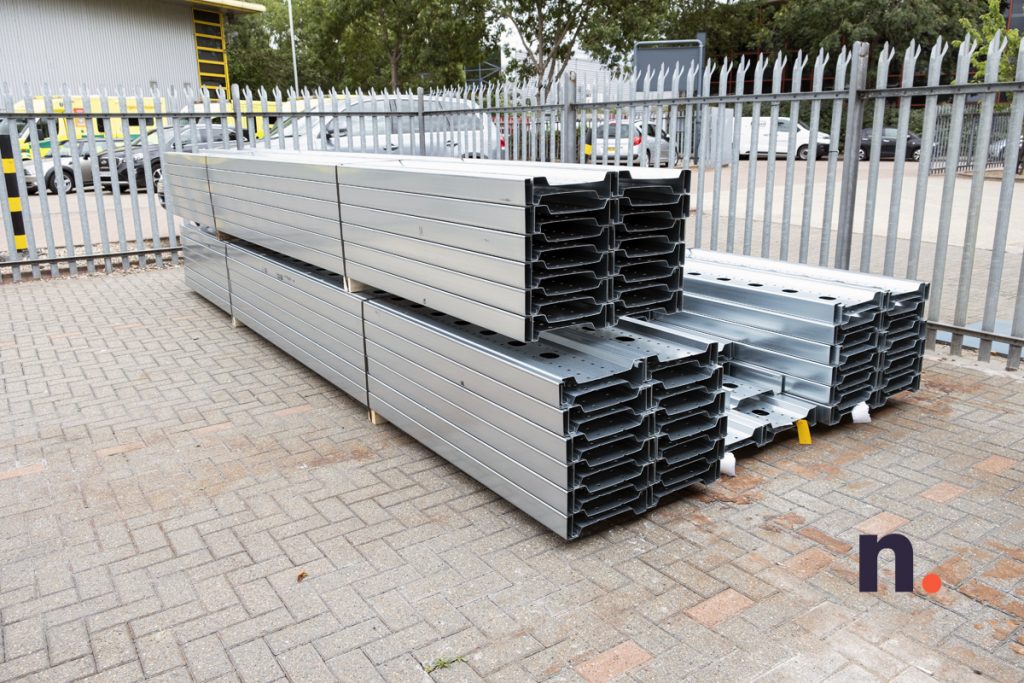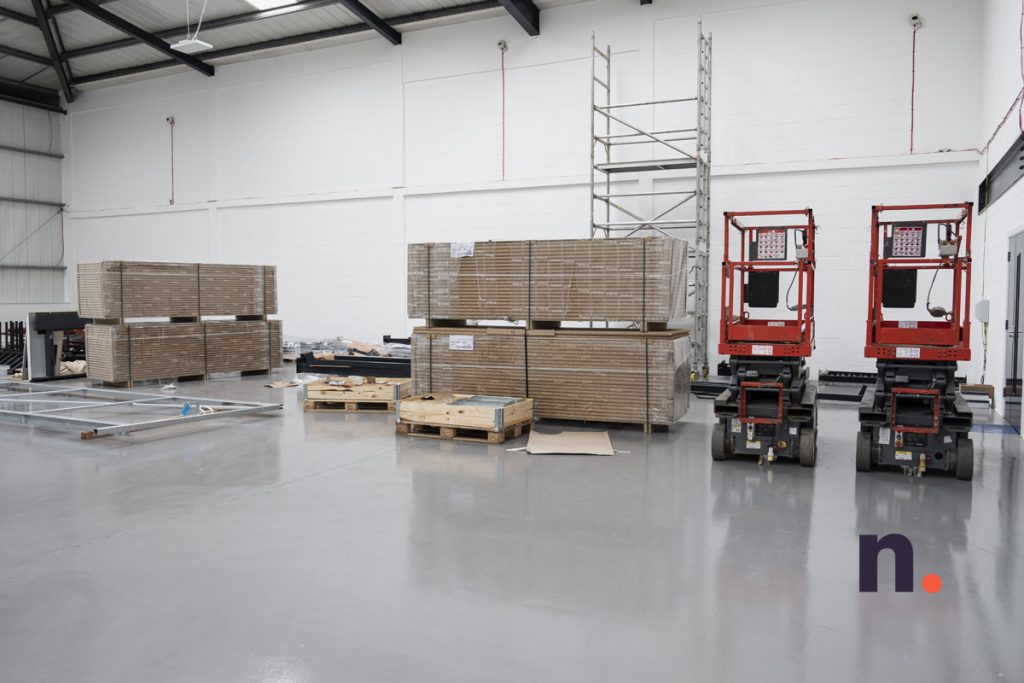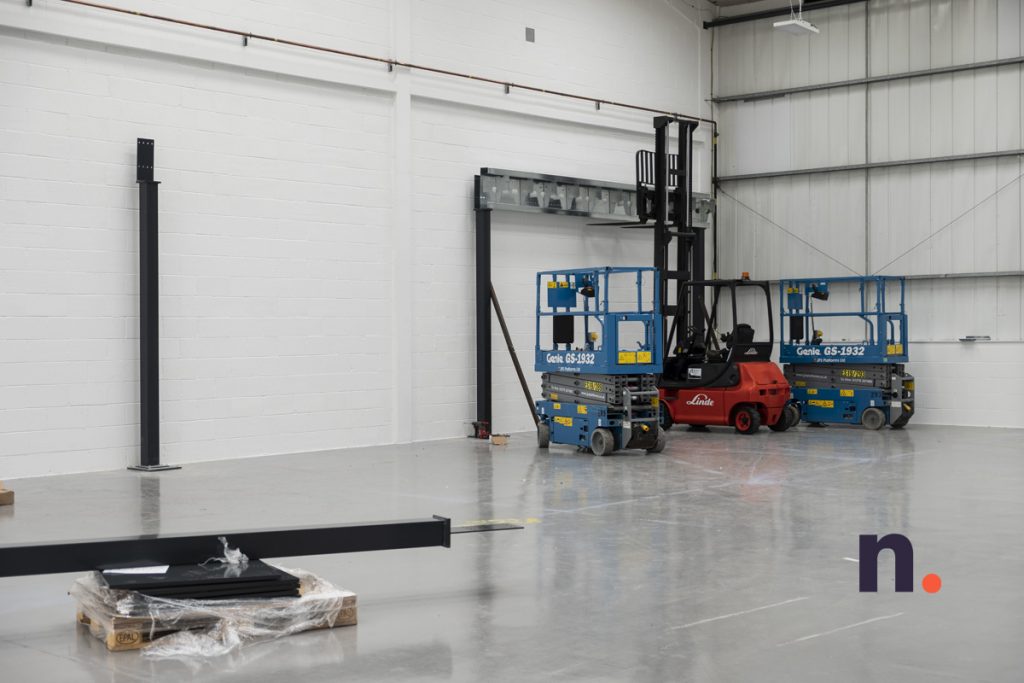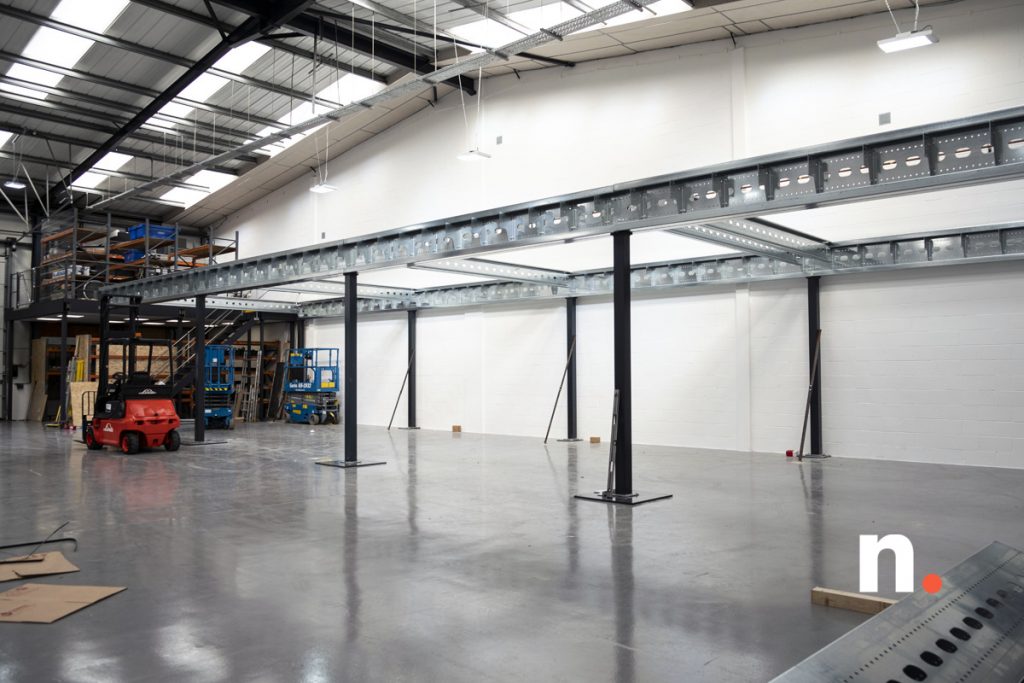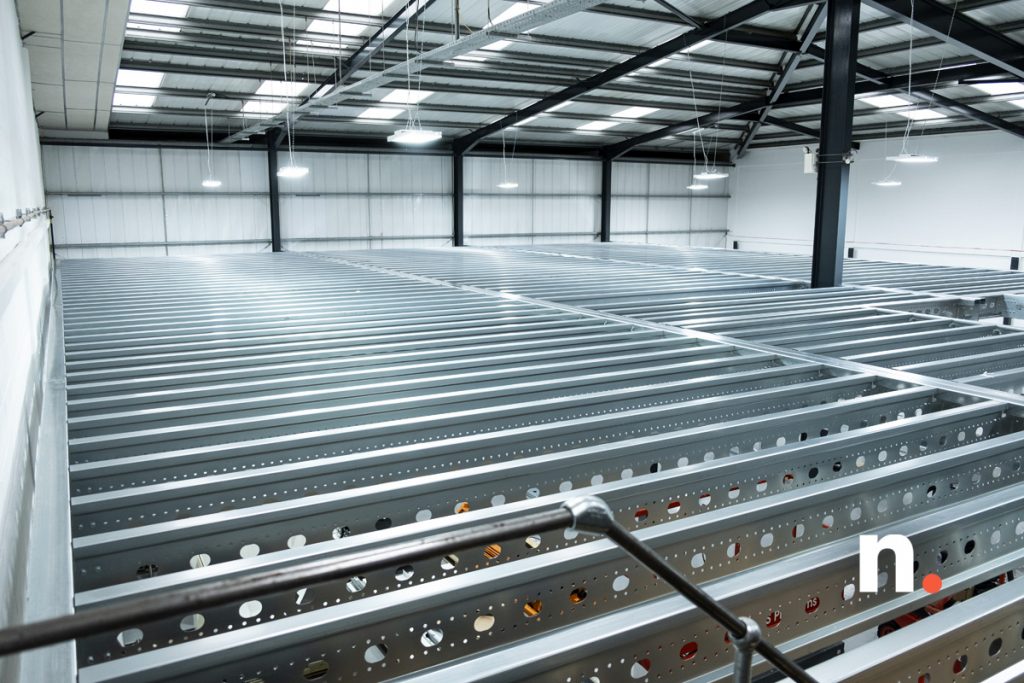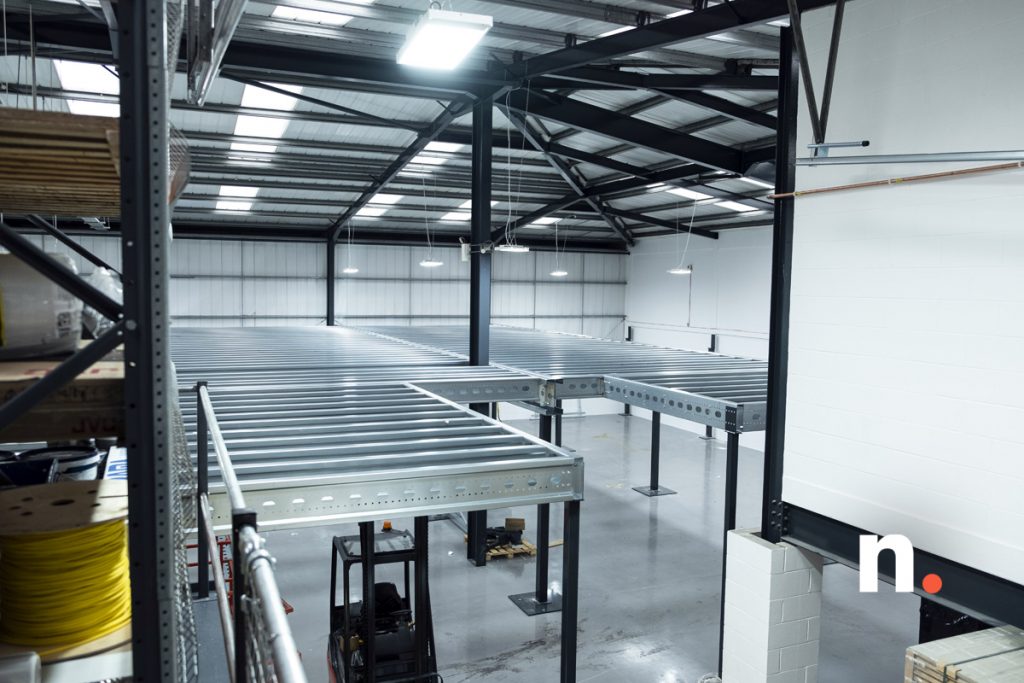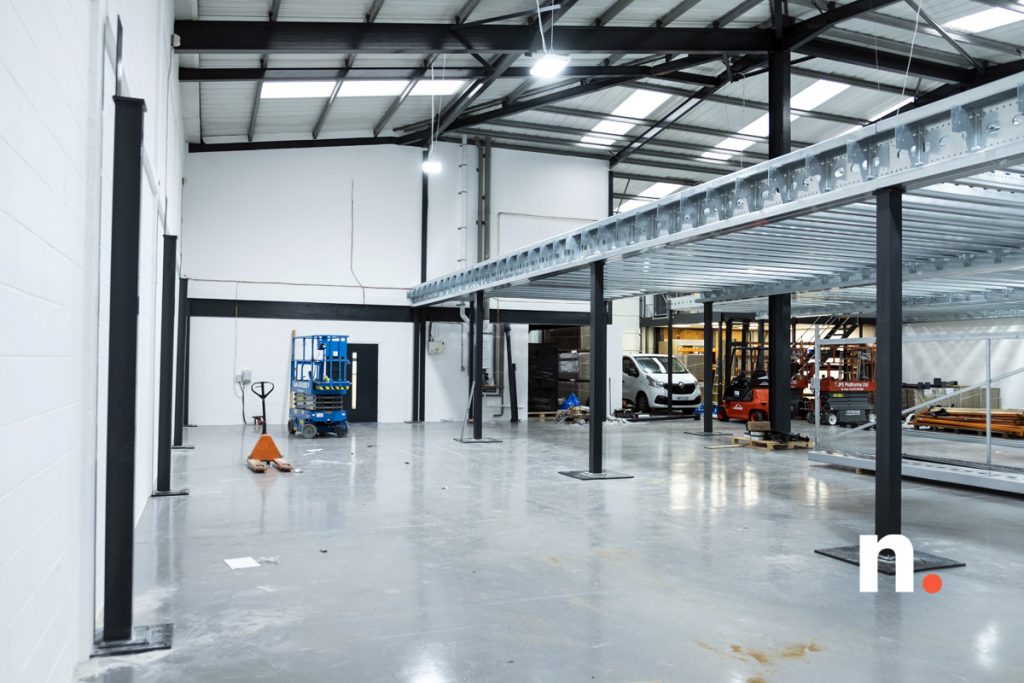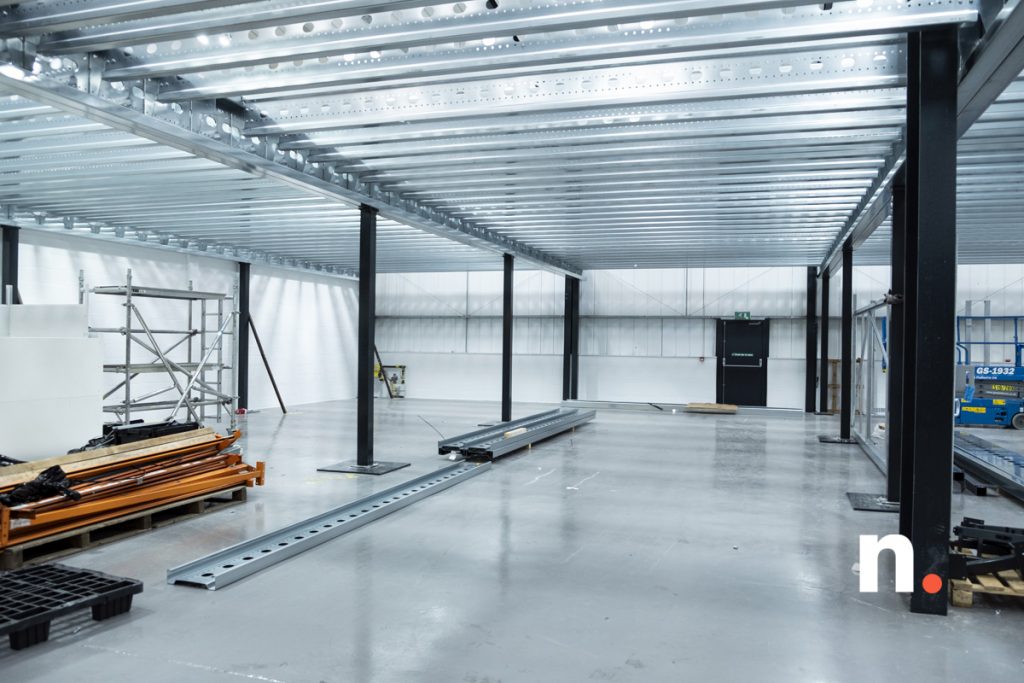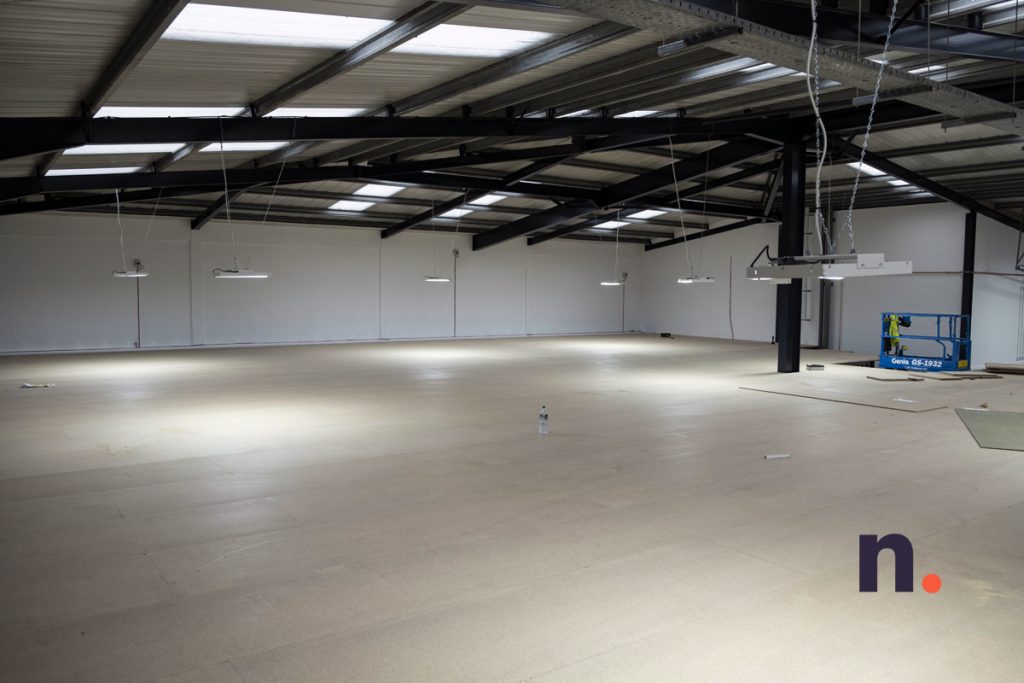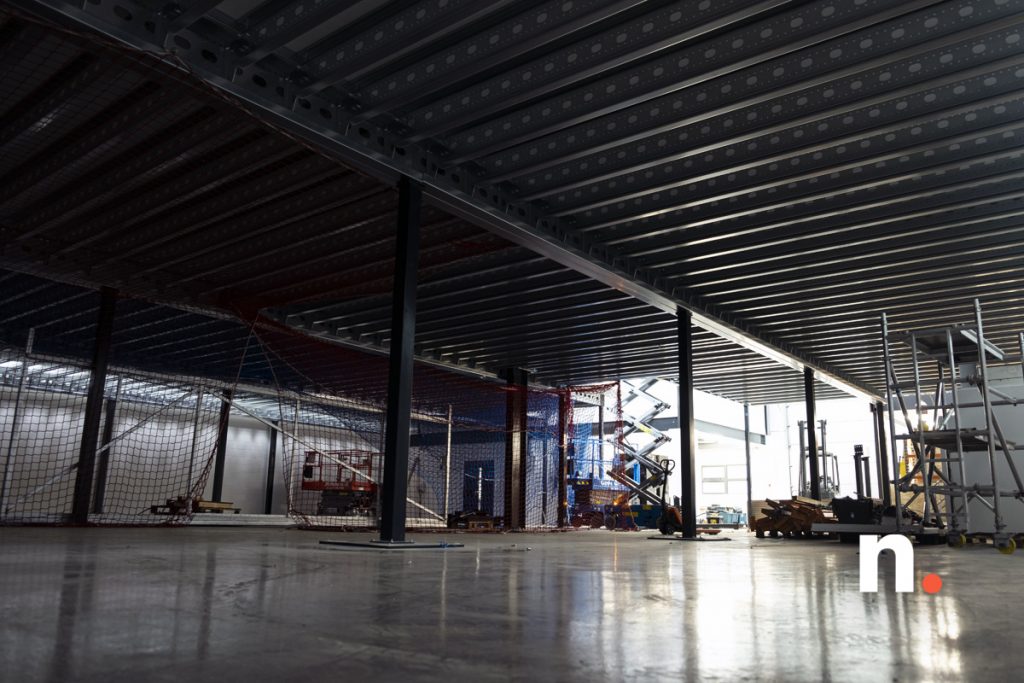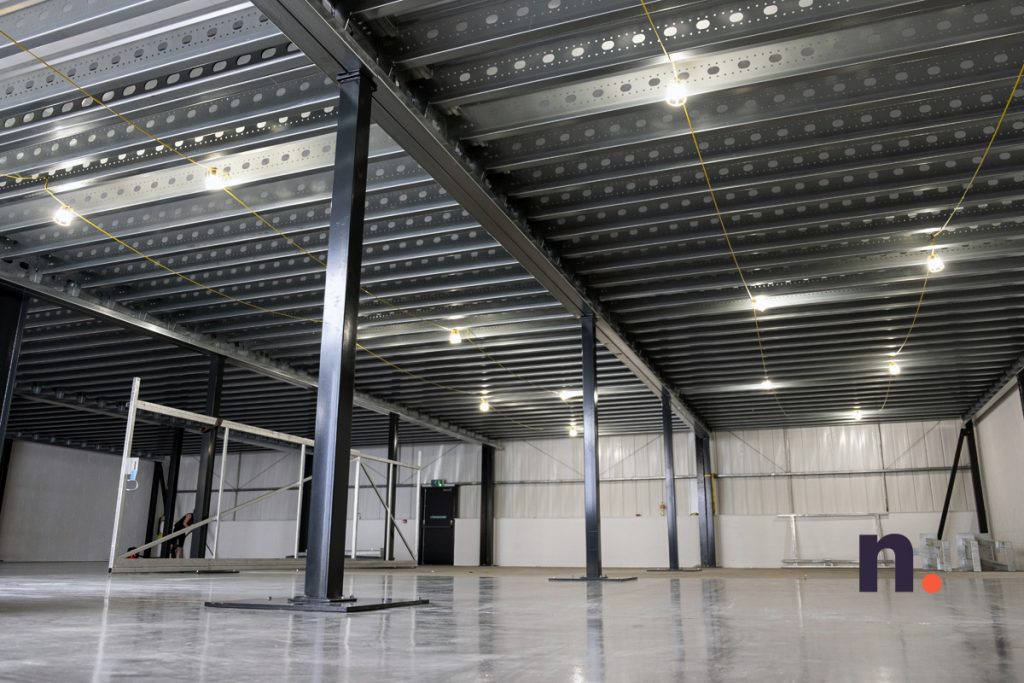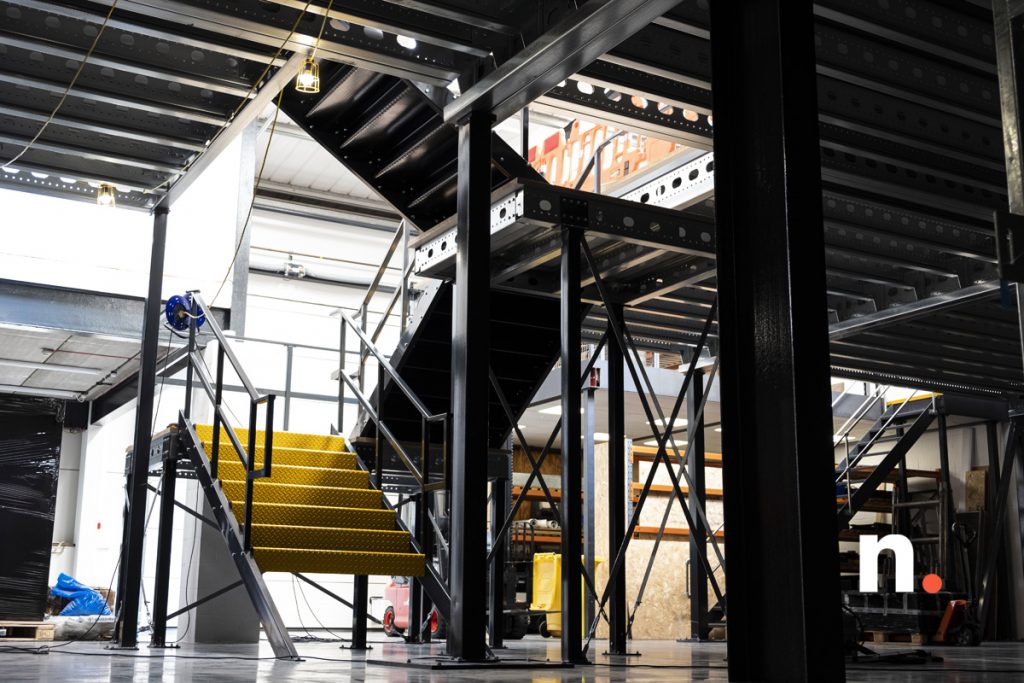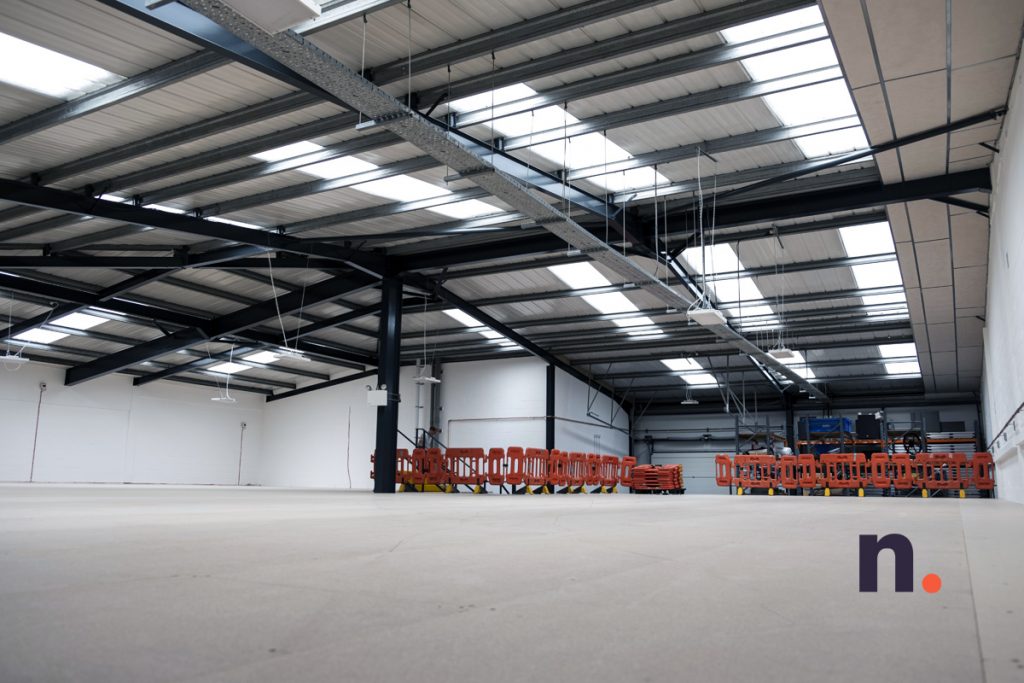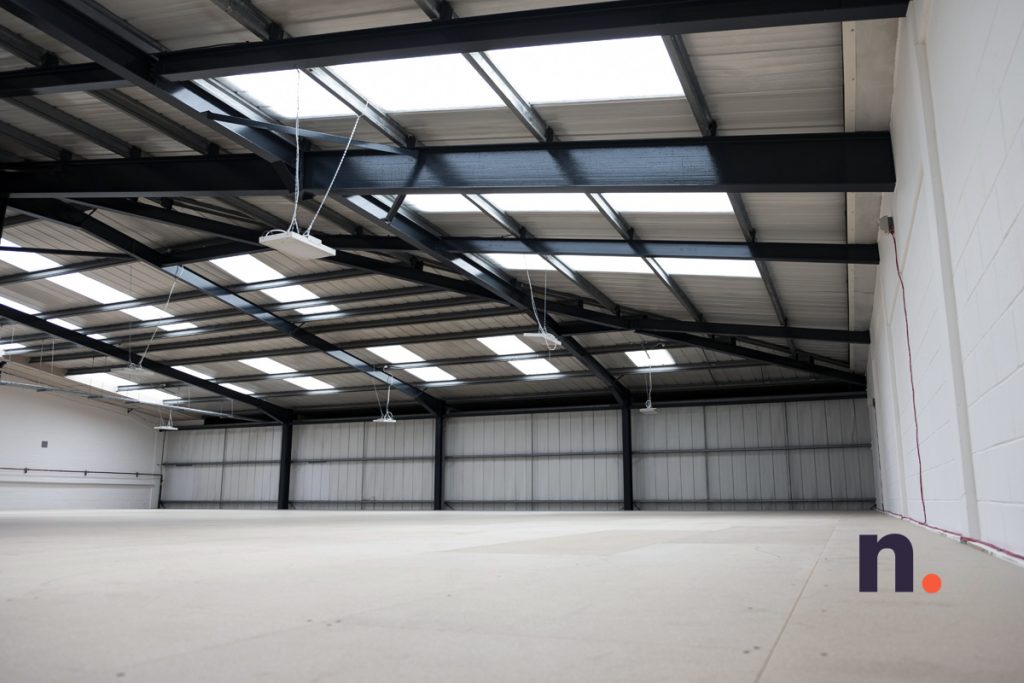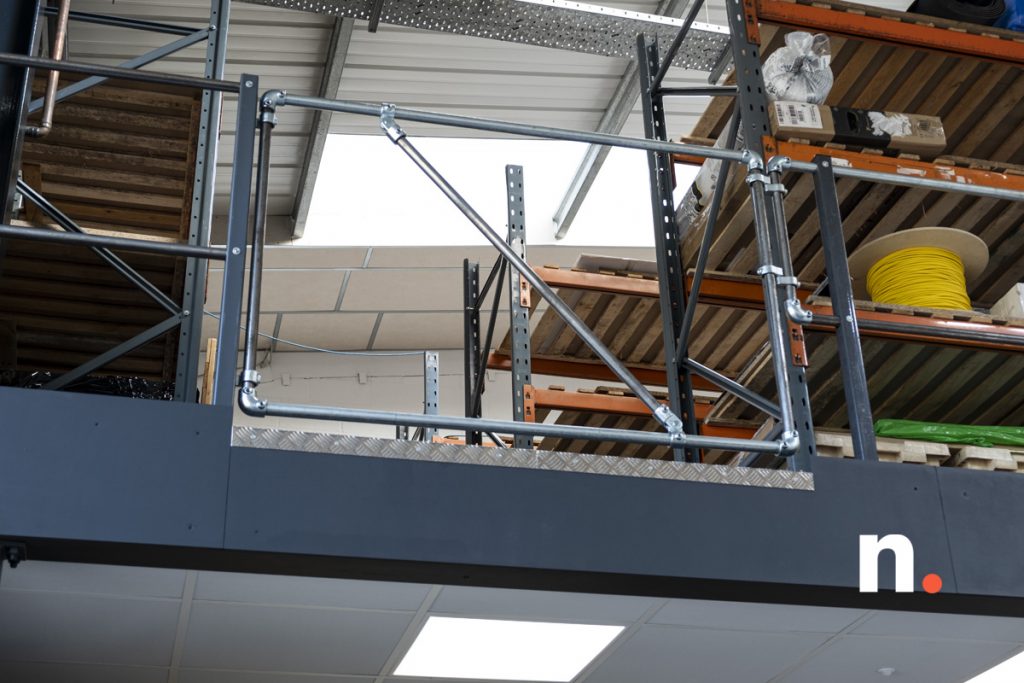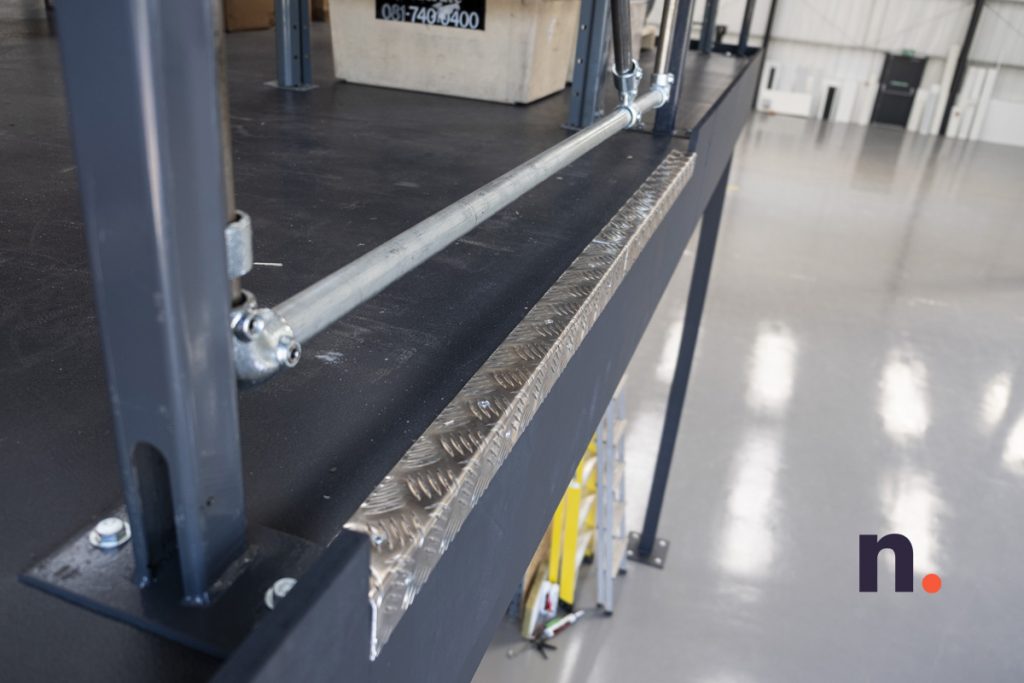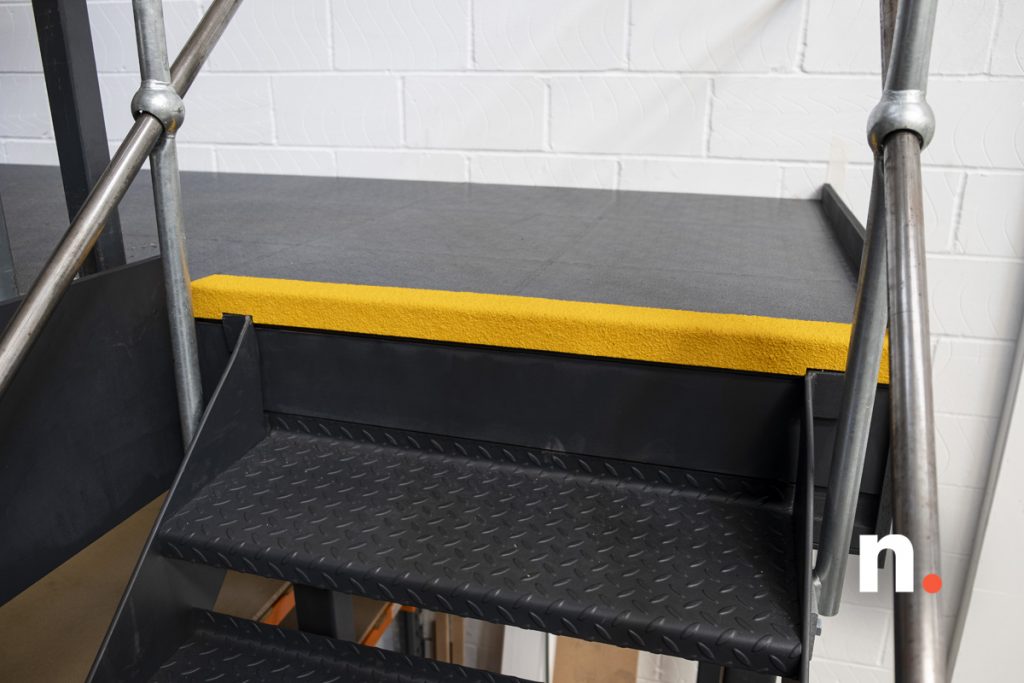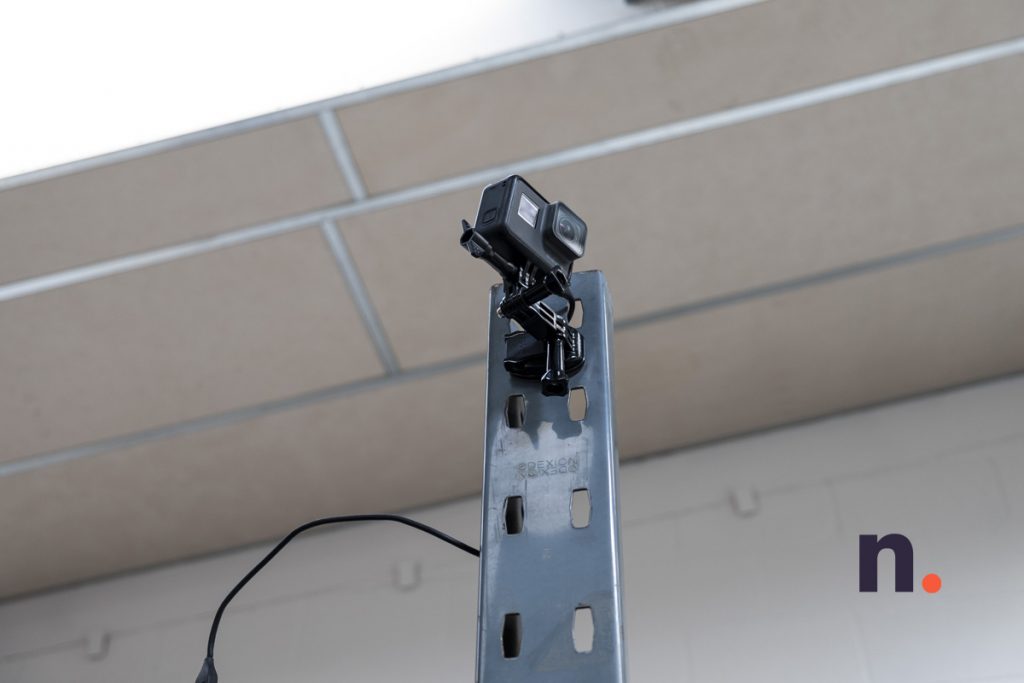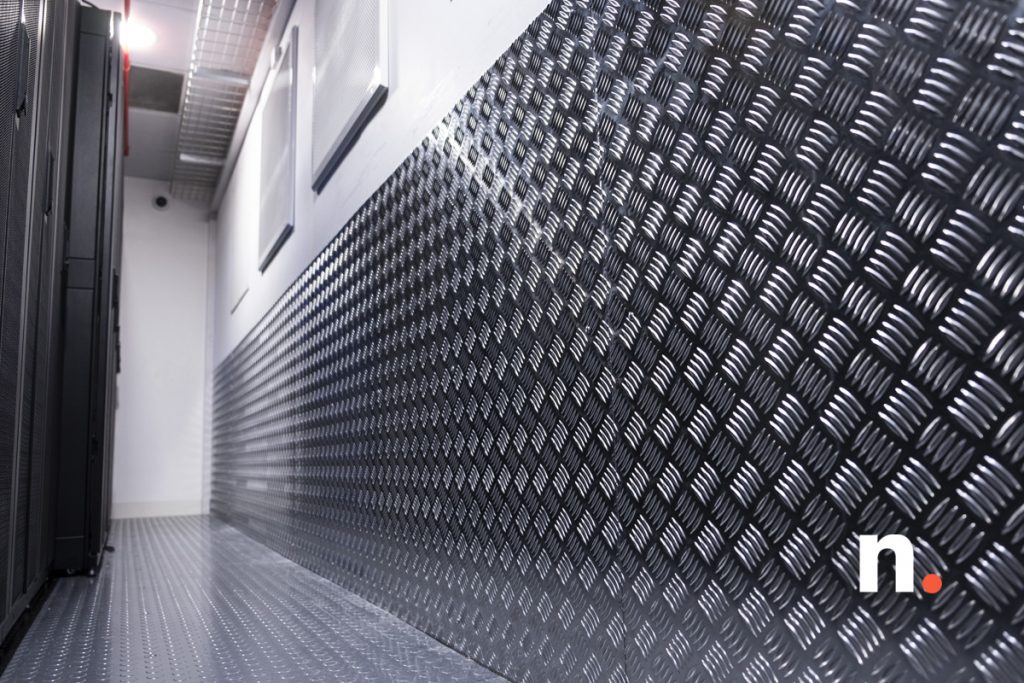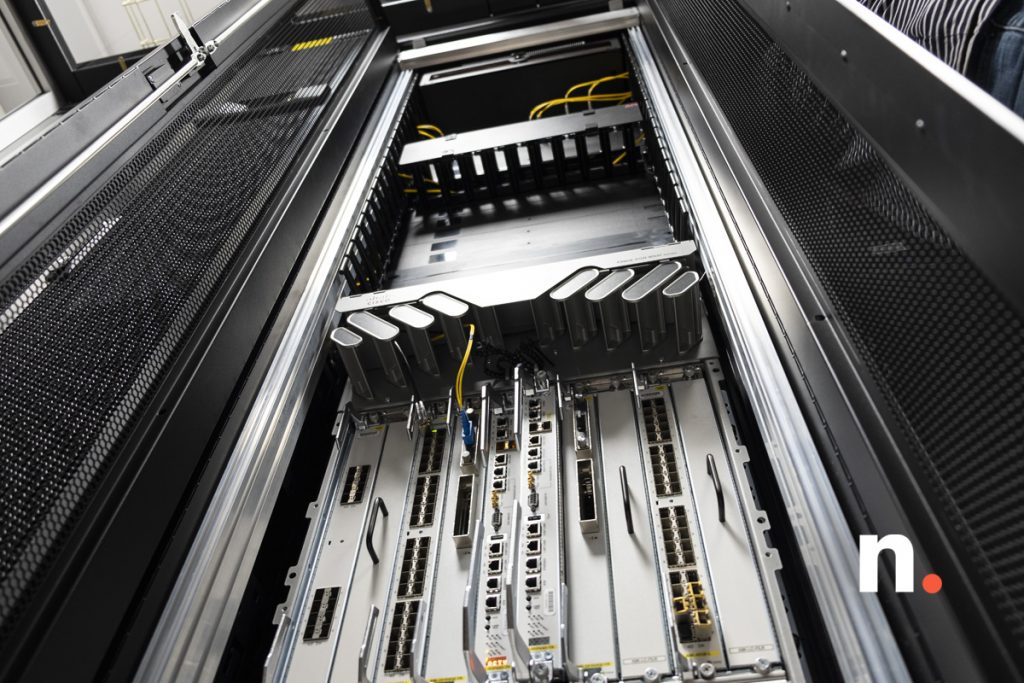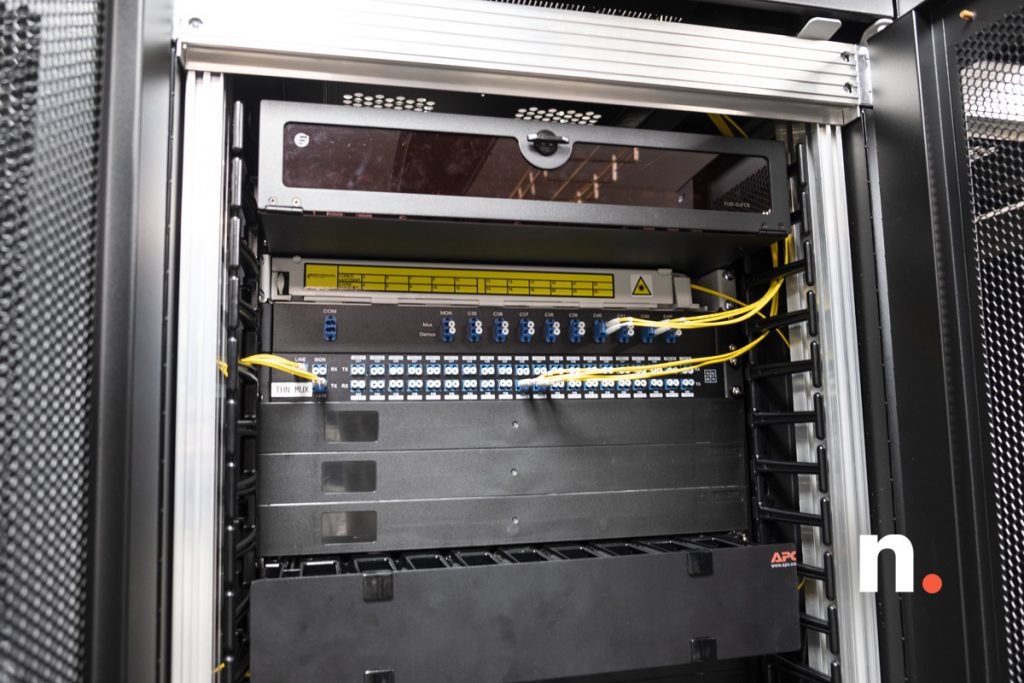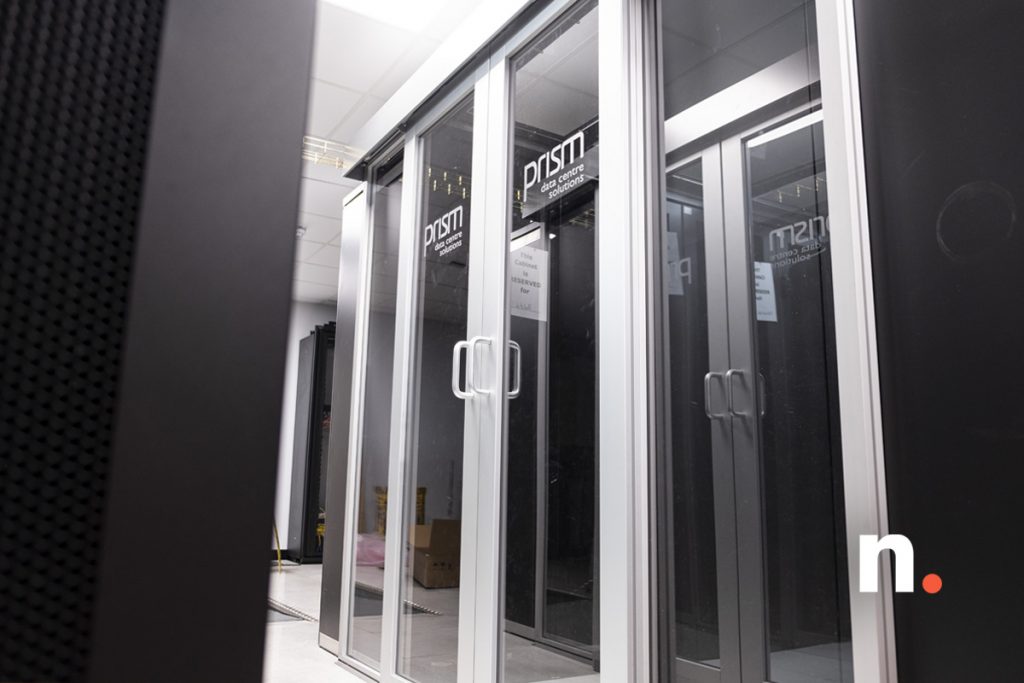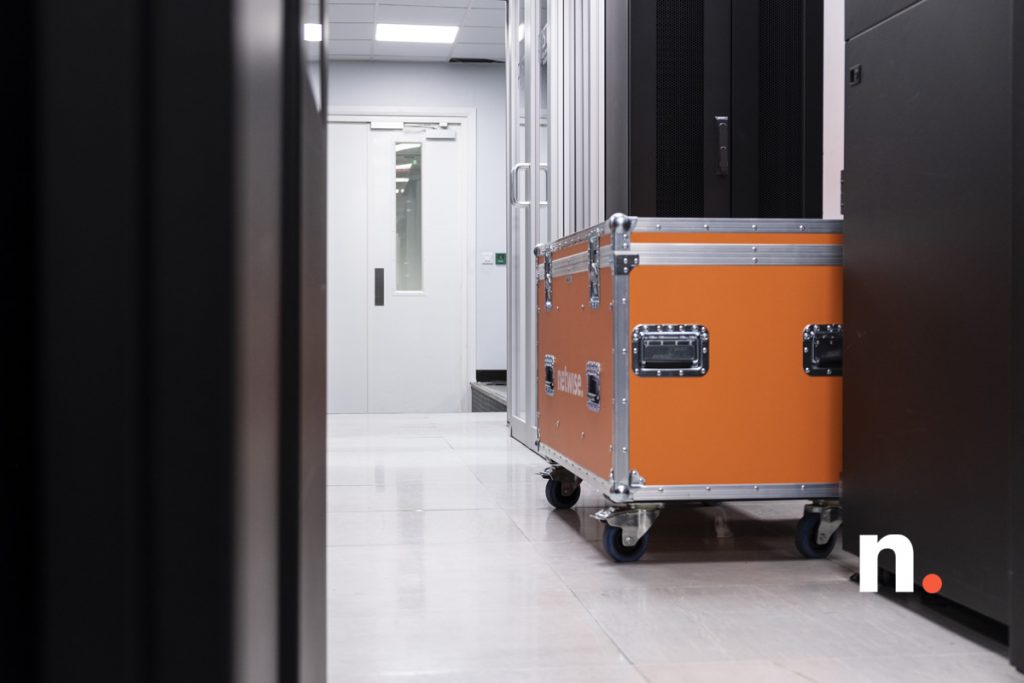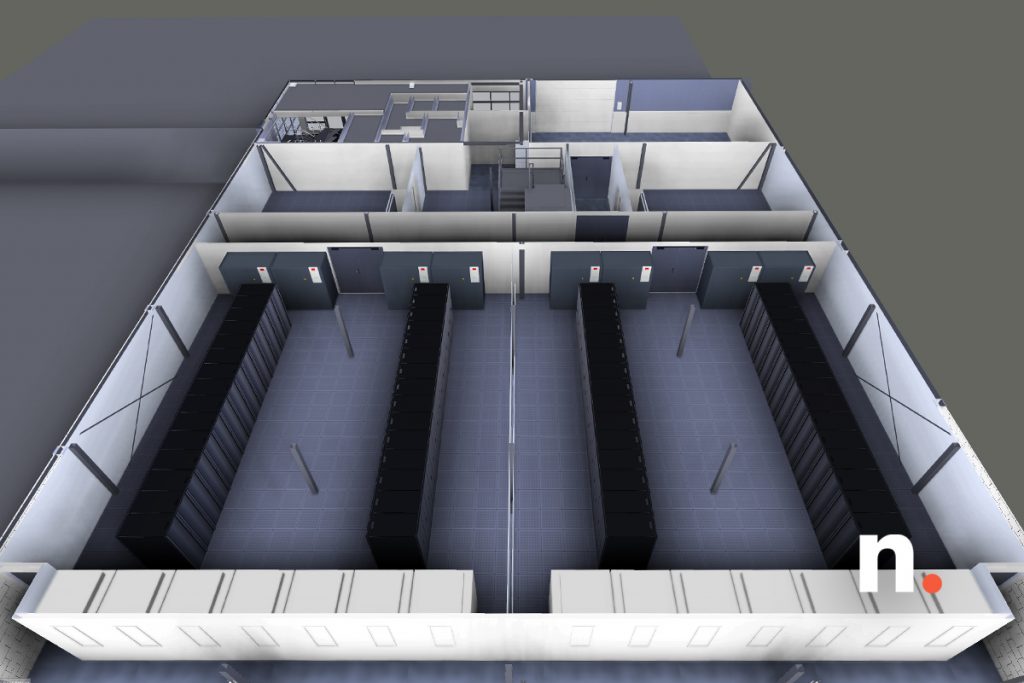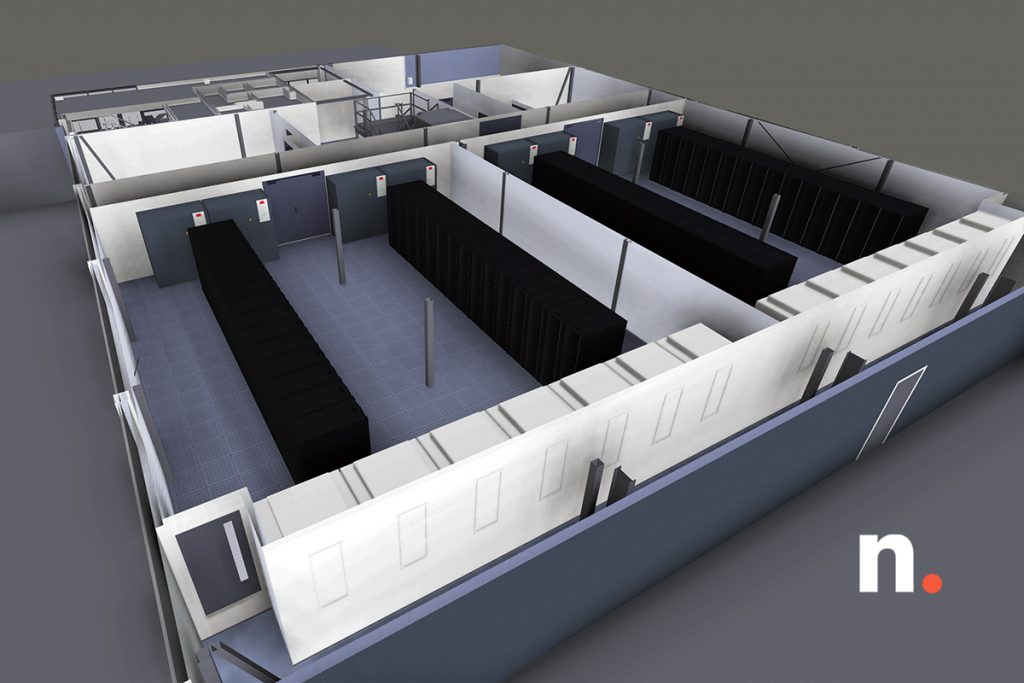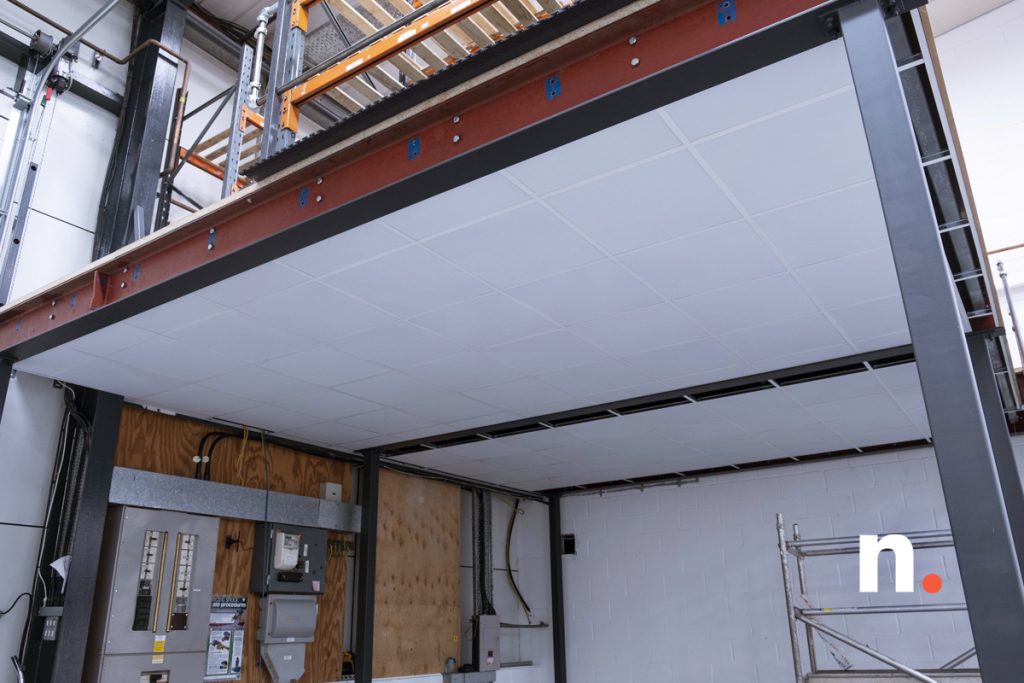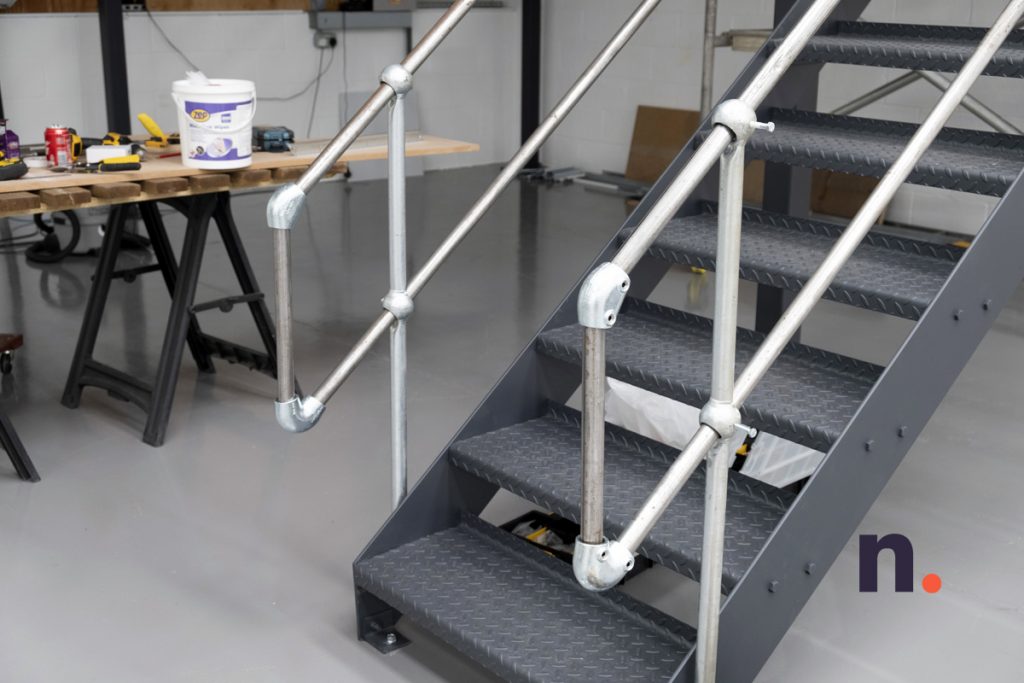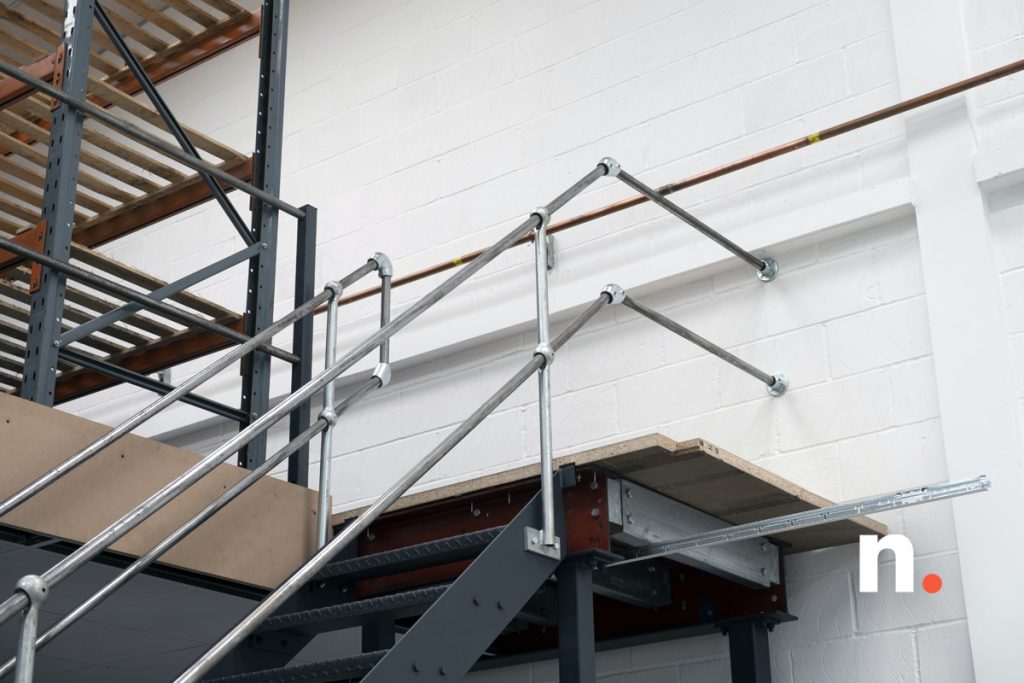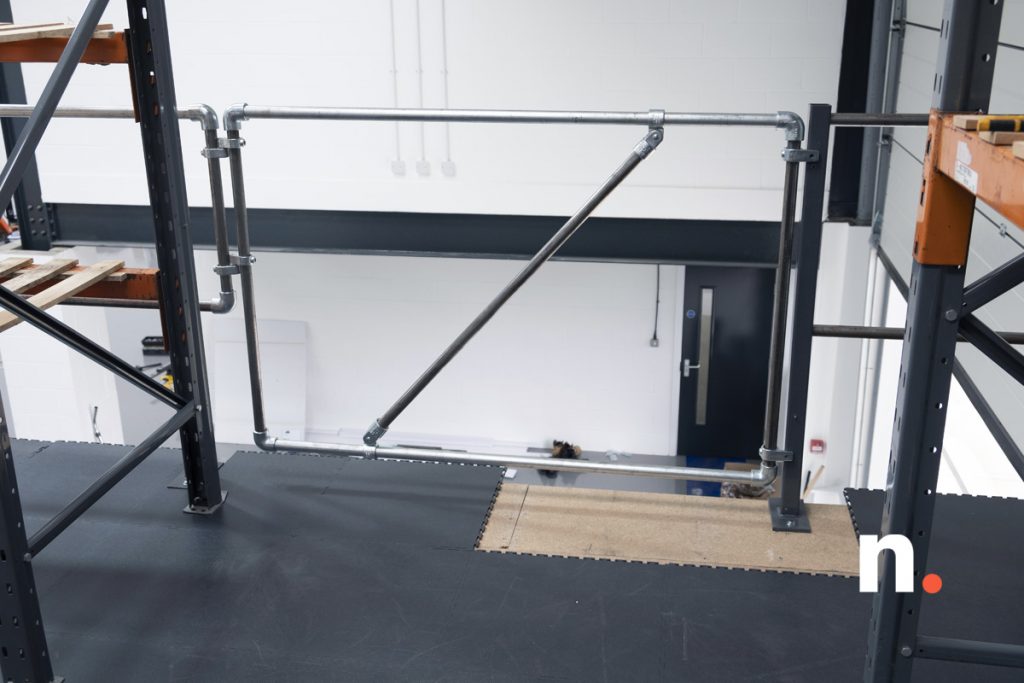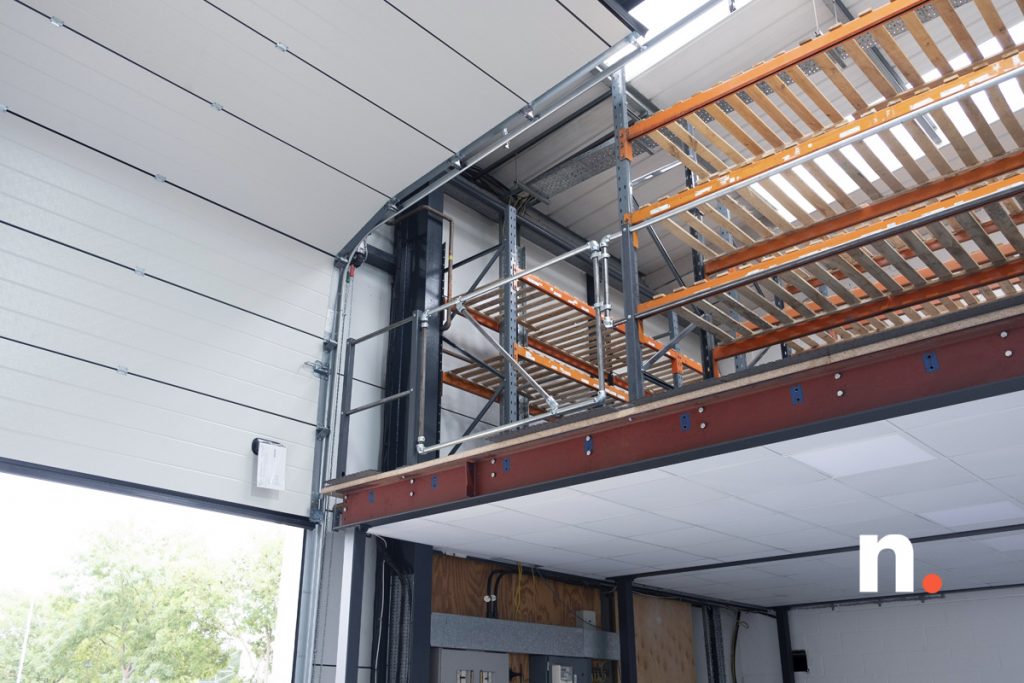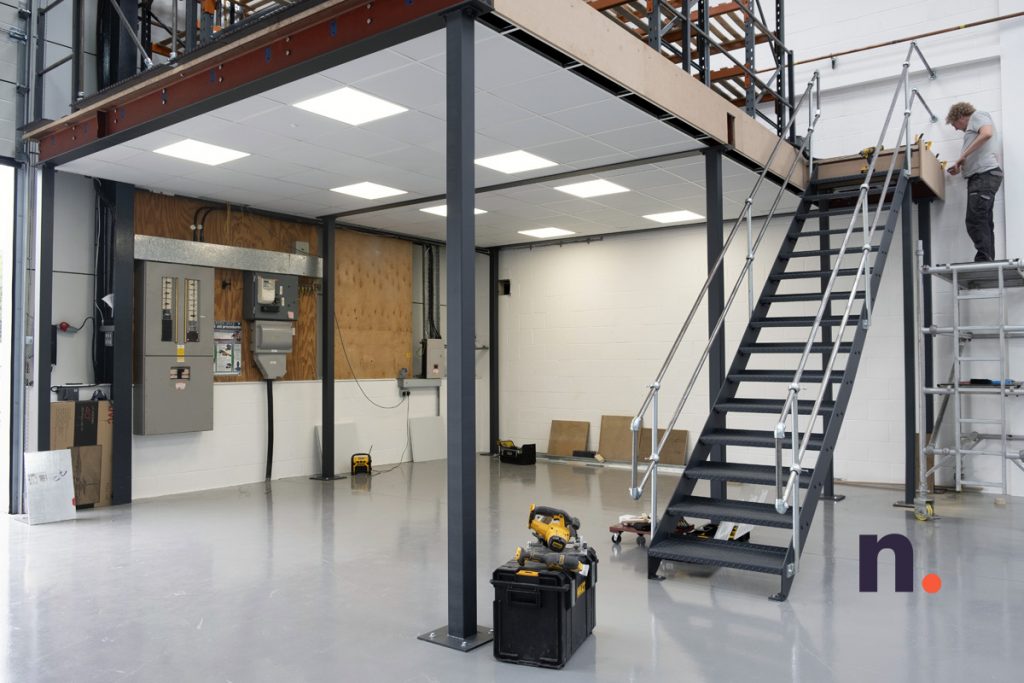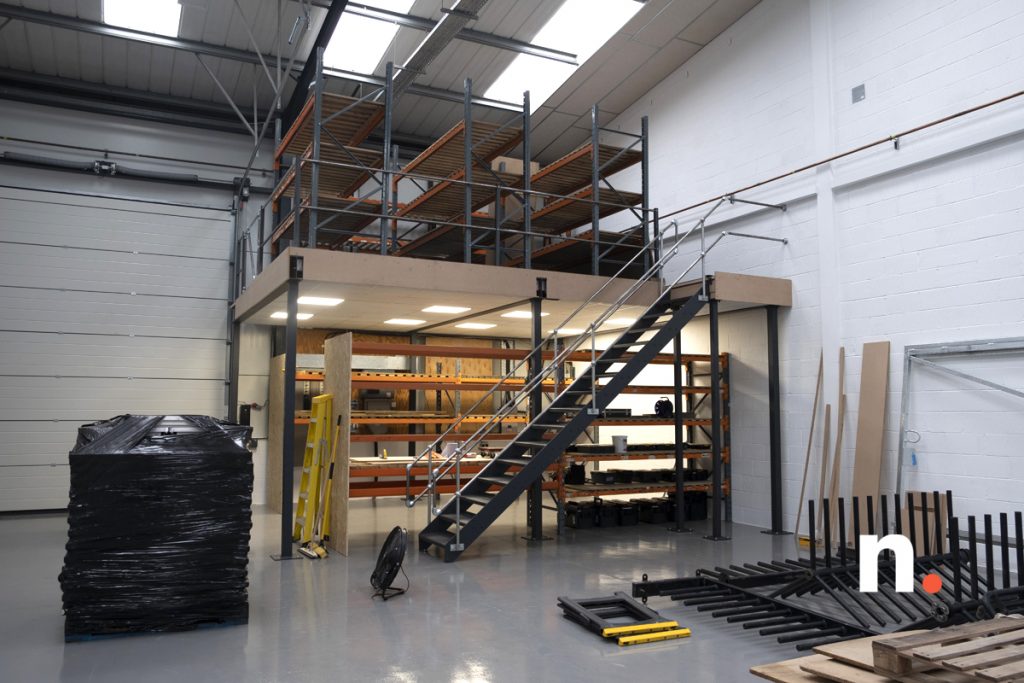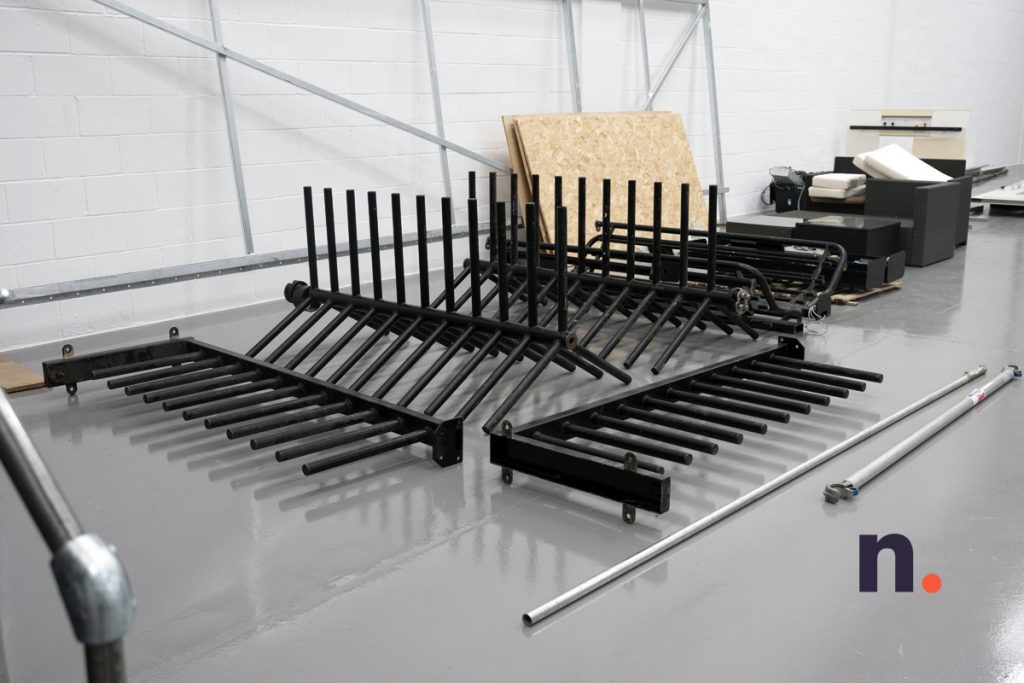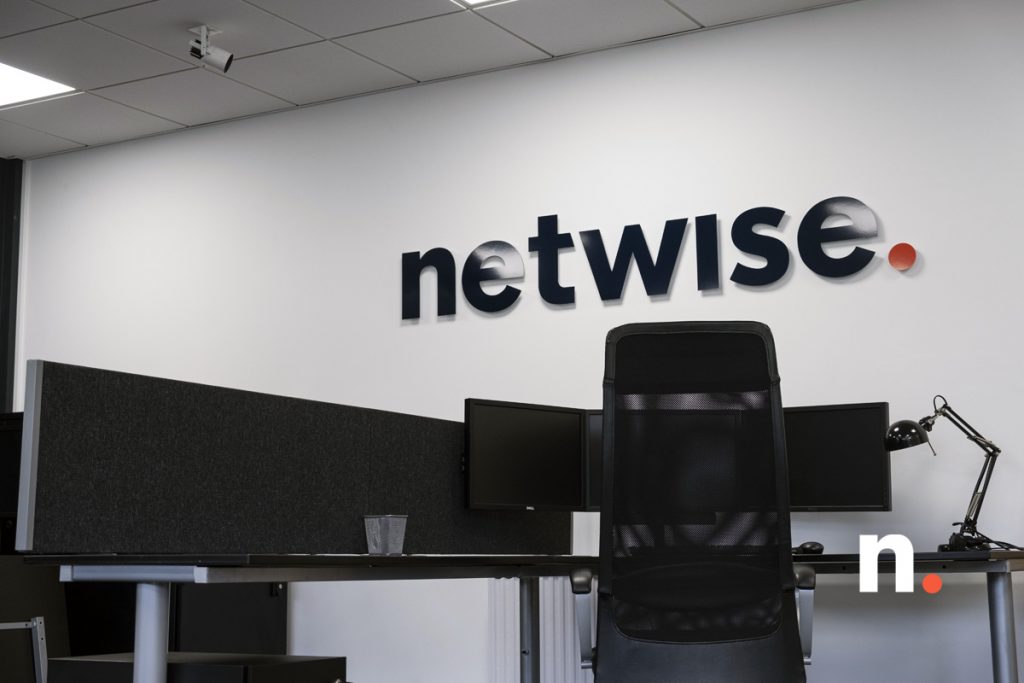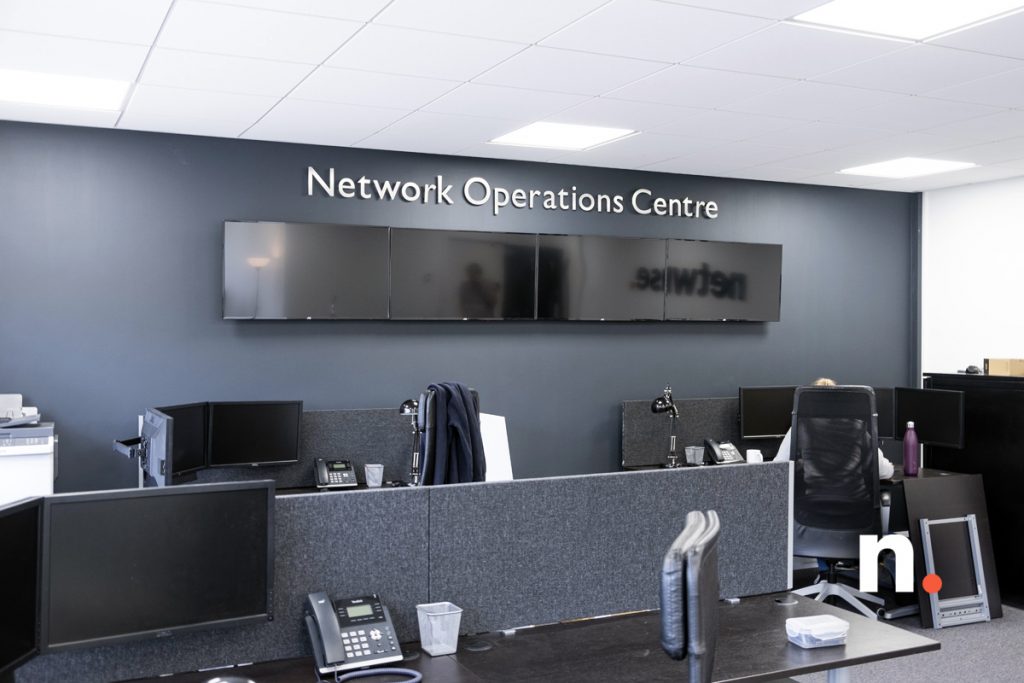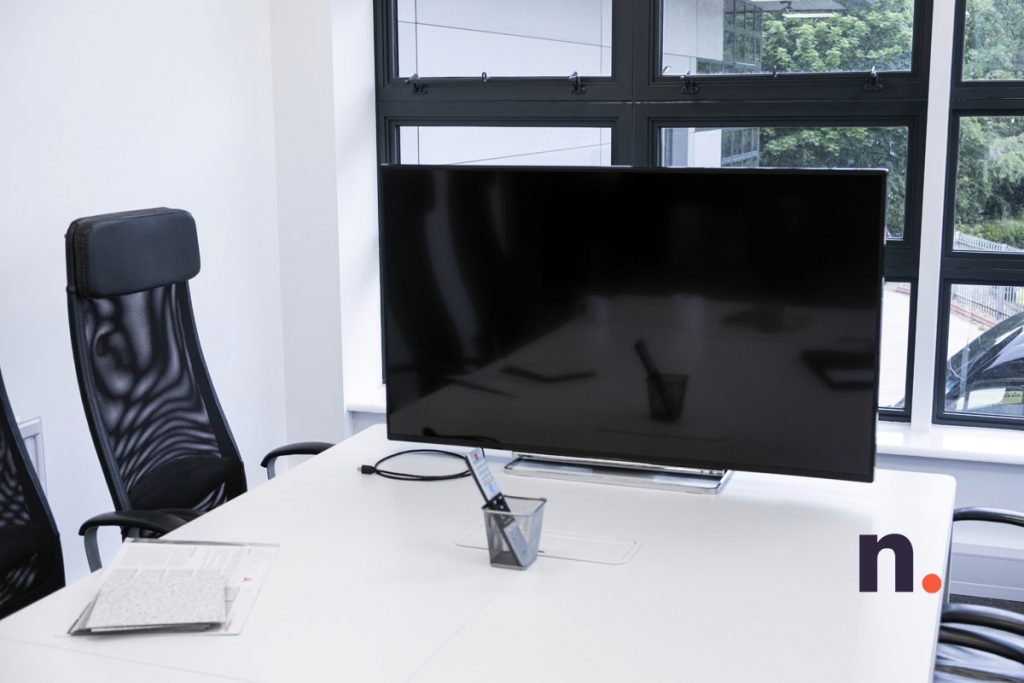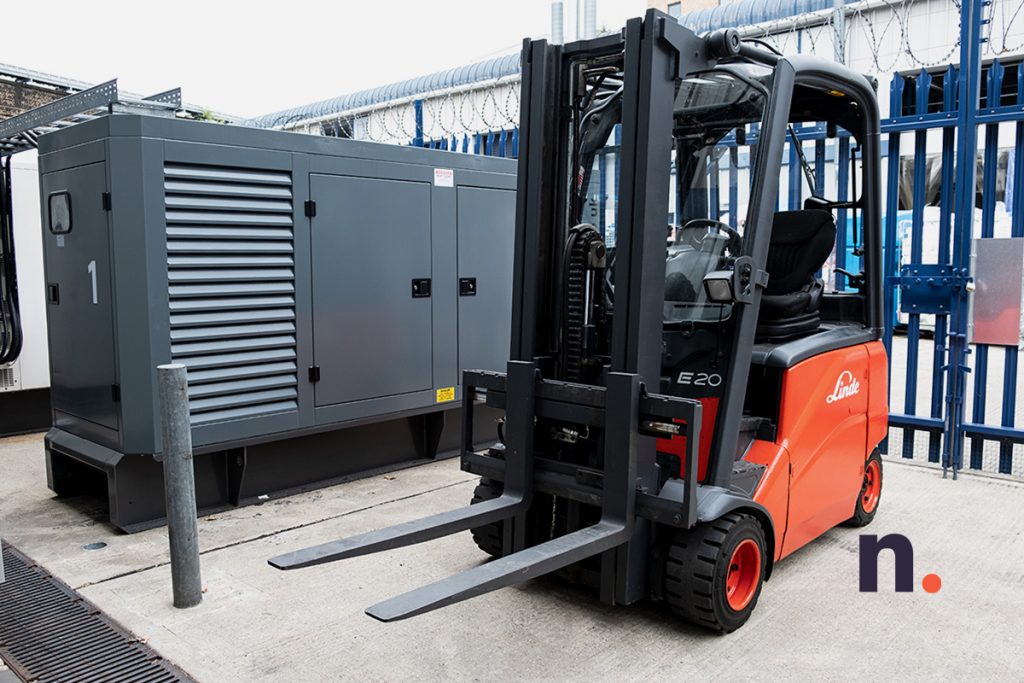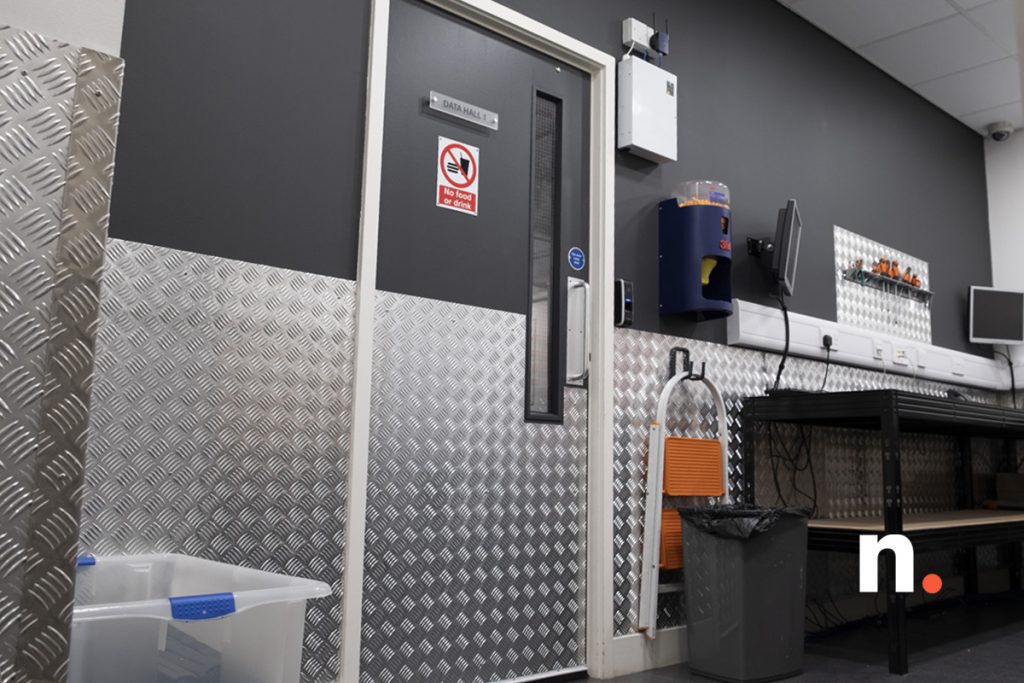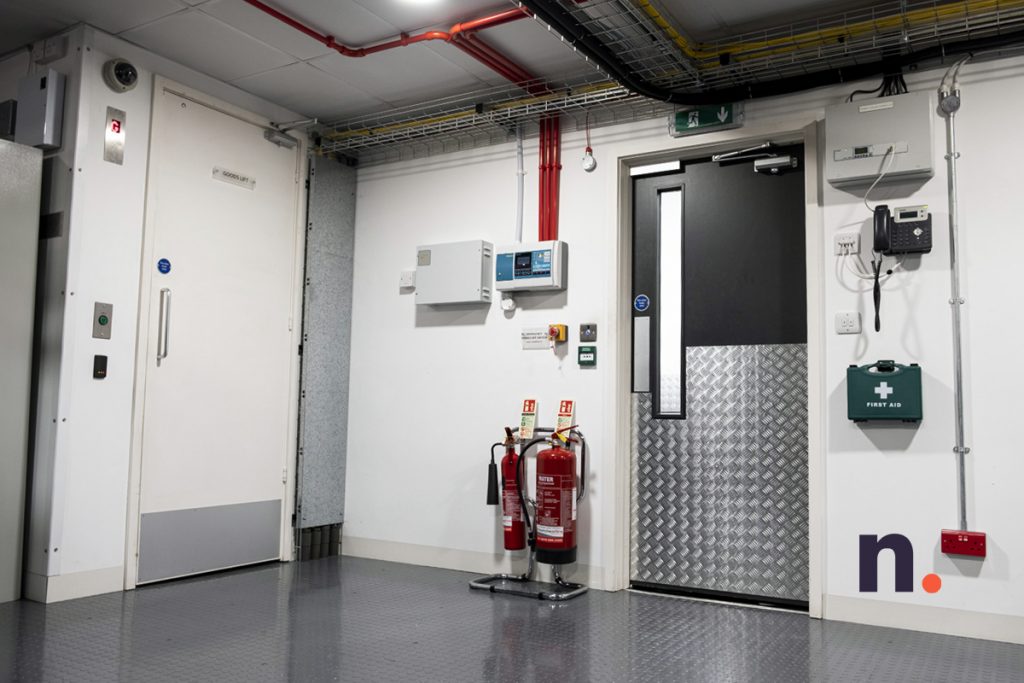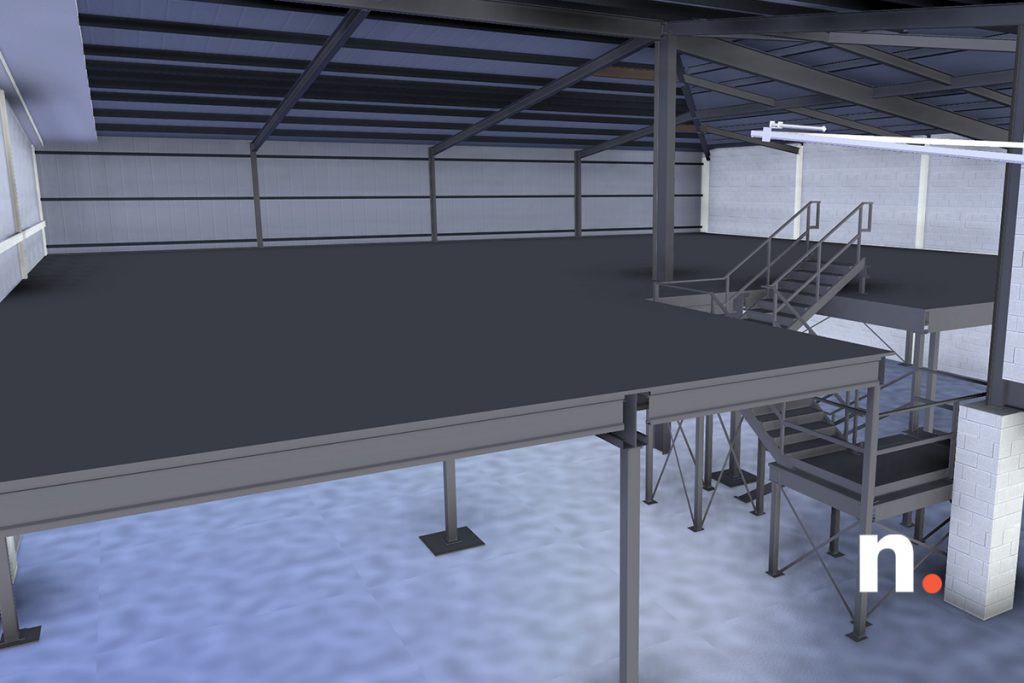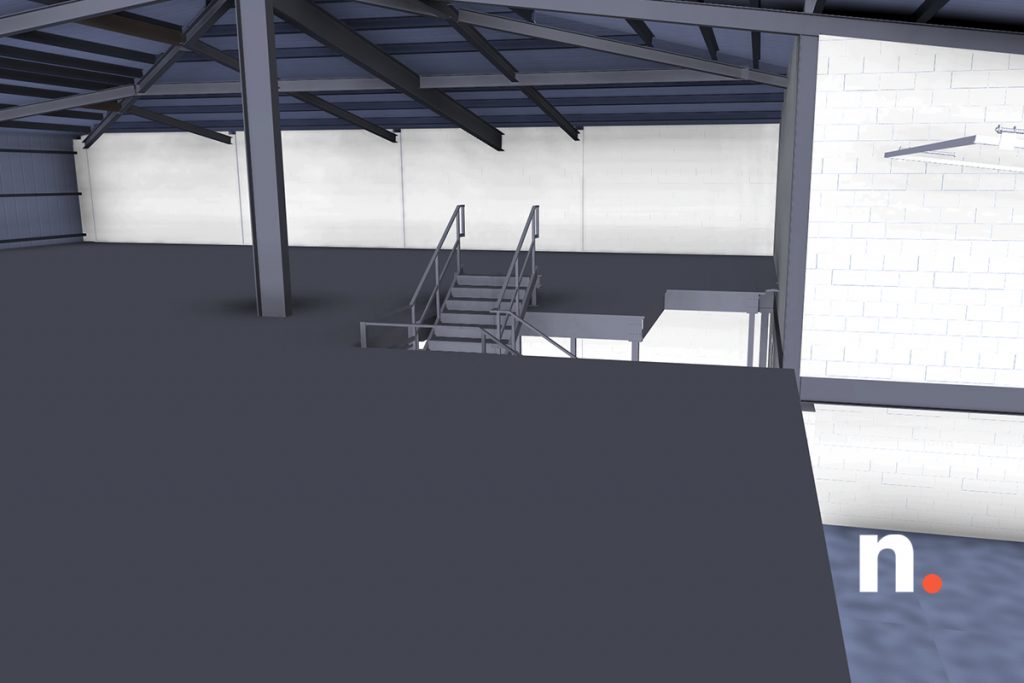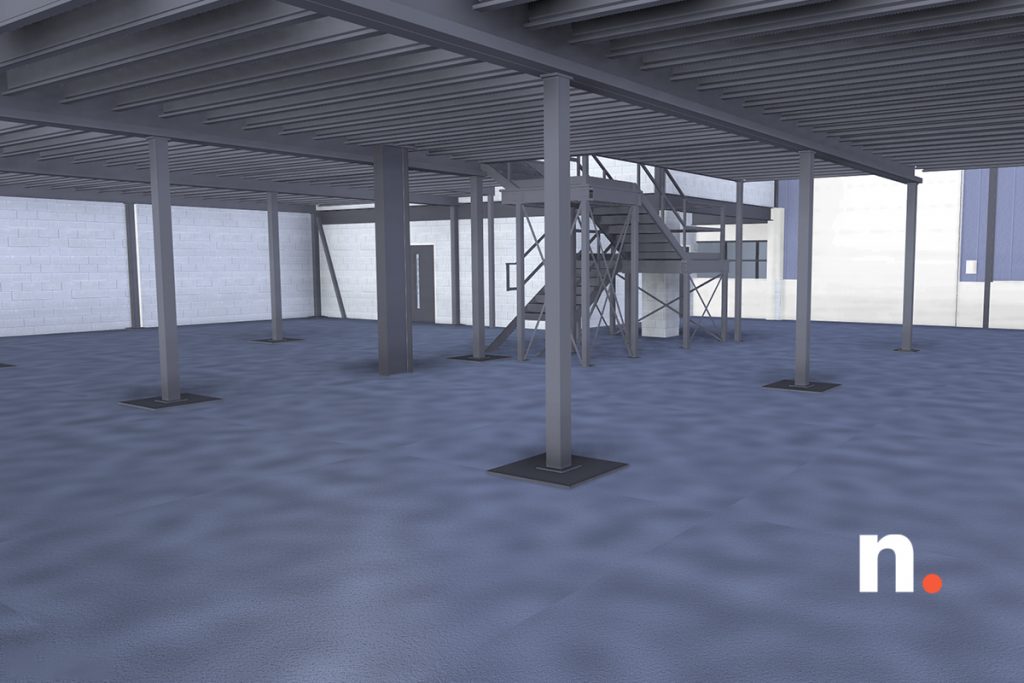As your business grows, so too will your IT-related needs. Instead of automatically choosing to house multiple private servers on-site (that take up lots of room and energy), you may wish to consider other solutions to this problem.
One possible workaround is colocation. So, what is colocation, and how does it work?
What is colocation?
Colocation is a way of housing privately-owned servers and networking equipment off-site, in a third-party data centre.
Instead of the traditional scenario whereby your business may have a separate office or basement area to keep your servers, your business can rent space in a third-party location to safely and securely house your critical IT equipment.
There are many examples of successful, high-growth enterprises choosing this option. Take, Catchpoint, Krystal Hosting, and EveryCity, as prime examples.
Why colocation?
In short, it’s a positive and cost-effective alternative to cloud-based systems and onsite storage. Colocation enables total control over your own servers and equipment, and you have the freedom to pick a location that is most convenient to you.
It also addresses the perennial problems that many UK businesses have: lack of space.
The European Office Outlook report found that businesses are increasingly using more flexible office space solutions. This includes taking space on a per-desk basis.
In situations like this, space is at a premium. As such, colocation offers a practical solution to server storage to meet this need.
The idea has grown in popularity in the UK, with anticipated industry growth of almost 7% between 2015 and 2020.
Not only that, but using a colocation service provides direct access to resilient, high-bandwidth connectivity, redundant power and cooling systems, top-level security, and excellent 24×7 technical support.
Data centres are a far more reliable option over housing servers on-site, because they offer greater protection across all areas of technical operation, something not found to the same degree in-house.
What about safety and security?
Colocation data centres are an extremely secure choice for your critical systems. Typically, there will be CCTV monitoring, biometric access control, uninterruptible power supplies, fire detection, and highly efficient cooling systems.
There will also be backup generators in the unlikely event of unforeseen area-wide power outages.
The right colocation centre will have a highly trained support team that offers technical assistance, security and surveillance 24/7/365.
With corporate and charity data breaches on the rise, finding a secure colocation centre for your data is essential.
In fact, the latest cybersecurity breaches survey for the UK showed almost half of businesses in the UK (46%) and a quarter of charities (26%) reported data breaches or attacks in the past year.
How does it work?
A good data centre gives its clients the choice of various flexible configurations that best suit their needs. One thing that colocation isn’t is a one-size-fits-all solution.
There are several space options available, whatever the size of your organisation:
1 Unit, 2 Unit or 4 Unit Colocation – 1U/2U/4U
These are individual rack units tailored to suit businesses of different sizes; it’s possible to choose or upgrade storage needs as the company expands. There are many package configurations available depending upon the number of units required.
The 1U option is seen as an “entry-stage” choice where your company installs a single server in a shared cabinet.
Quarter rack colocation and half rack colocation
Quarter rack colocation is ideal for smaller businesses or startups with smaller systems. This option offers 10U of colocation space in a private and locked cabinet.
Half rack colocation is a mid-range option, offering 20U of secure colocation space. It’s a perfect choice for businesses that are expanding or planning on expanding, and have larger deployments.
Full rack colocation
This is a 42U cabinet option; an entire rack dedicated to one business. It’s designed for companies with larger systems that need more room to grow. Full rack colocation also comes with higher power availability.
Is it cost-effective?
In short, yes it is.
Managing systems internally means businesses are responsible for any major or even minor expenses and variables. Not only does this take time, but it means recruiting new teams on top of employees who are managing daily business operations.
Will my business stay connected?
One of the biggest reasons businesses choose colocation at a data centre is because they guarantee you will stay connected. Their infrastructure means that you don’t have to invest in your own core network to accommodate your high-uptime requirements.
Colocation centres offer access to fully diverse, high-capacity networks, with direct connection capabilities to more than 500 service providers and carriers, and the best global routes and routing technologies.
Interested in colocation for your business?
We hope now having read this article, you now know the answer to the question: what is colocation?
If you’d still like to find out more, please feel free to contact our friendly team today.
If you’re interested in booking a free tour of our London data centres, get in touch. We look forward to speaking with you soon!

